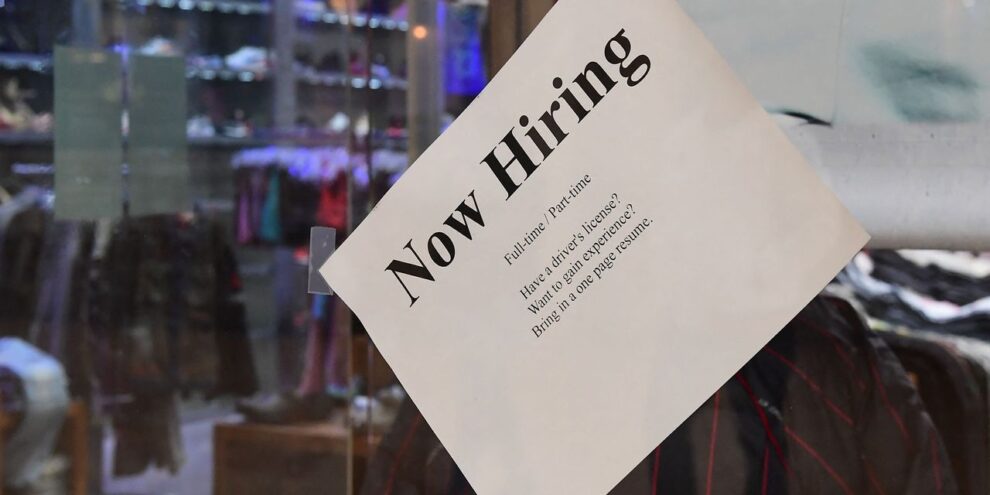
The numbers: Applications for U.S. unemployment benefits rose slightly last week to 207,000 and clung near a 52-year low, suggesting that soaring coronavirus cases tied to omicron haven’t caused widespread layoffs.
Initial jobless claims increased from a revised 200,000 in the prior week, the Labor Department said Thursday.
Economists polled by The Wall Street Journal had forecast initial jobless claims to total a seasonally adjusted 195,000 in the seven days ended Jan. 1.
There’s no doubt the number of people applying for jobless benefits are extremely low. The reported number of layoffs are the lowest on record – excluding the first few months of the pandemic — as businesses cope with the worst labor shortage in decades.
See: Workers quit their jobs at record pace in November
Yet the government’s method of adjusting jobless claims for seasonal swings is often skewed during and after the holiday season at the end of the year. The problem has been made worse by the pandemic.
The raw or actual number of jobless claims have averaged closer to 260,000 a week since November. Last week, they jumped to 315,469, likely reflecting people losing temporary holiday jobs.
The number of people already collecting jobless benefits, meanwhile, increased by 36,000 to 1.75 million, the Labor Department said Thursday. These so-called continuing claims are now back to pre-crisis levels.
See: Sticky inflation, bigger paychecks, fading stimulus – how the U.S. economy is shaping up for 2022
Big picture: Businesses are trying to fill millions of job openings and workers have the most bargaining power in years. A record number of people are quitting, usually to leave one job for a better-paying one.
What’s still unclear is whether the record surge in omicron coronavirus cases spurs a new wave of layoffs or forces companies to delay hiring plans. Economists predict any damage to the labor market is likely to be short-lived if the latest viral outbreak subsides quickly.
See: High U.S. inflation hearkens back to the 1980s
Market reaction: The Dow Jones Industrial Average DJIA, -1.07% and S&P 500 SPX, -1.94% were set to open higher in Thursday trades.




